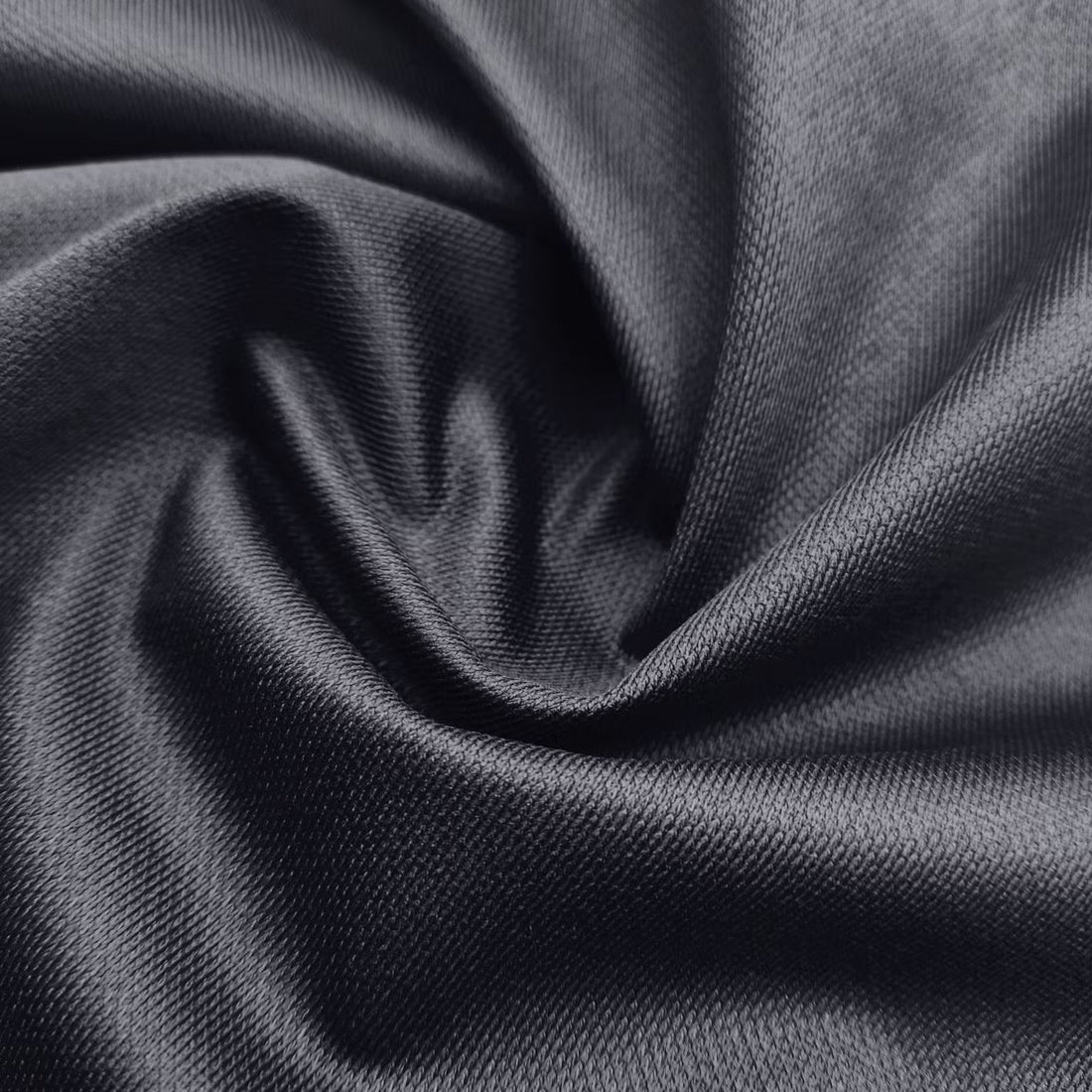
Breathability and Moisture Wicking
Share
When choosing clothing—especially for everyday wear, sports, or hot climates—two key properties play an important role in comfort: breathability and moisture wicking. While these terms are often confused, they describe different but complementary functions.
1. Breathability
- Definition: The ability of a fabric to allow air to circulate through it, helping heat and moisture escape from the body.
-
Function:
- Regulates body temperature by preventing overheating.
- Provides a cooler, more comfortable feel, especially in warm weather.
-
Prevents the “clammy” sensation caused by trapped sweat and heat.
-
Fabric Example:
- Cotton → Highly breathable due to its natural fiber structure. Air passes easily, making it feel cool against the skin.
-
Limitation: Cotton holds onto sweat, so while you stay cool initially, fabric may become heavy and damp during prolonged activity.
2. Moisture Wicking
- Definition: The process of pulling sweat away from the skin and transferring it to the outer surface of the fabric, where it can quickly evaporate.
-
Function:
- Keeps skin dry by preventing sweat from pooling.
- Reduces friction and chafing during movement.
-
Essential for athletic performance and comfort during high-intensity activity.
-
Fabric Example:
- Polyester → Engineered with hydrophobic (water-repelling) properties, so it doesn’t absorb sweat but instead channels it outward.
-
Limitation: Polyester is less breathable than cotton, so while it keeps you dry, it can sometimes feel warmer if ventilation is poor.
3. Cotton vs. Polyester vs. Blends
- Cotton → Breathable, soft, and comfortable but absorbs sweat, leading to a heavy and damp feel during exercise.
- Polyester → Strong moisture-wicking ability, quick-drying, and durable but less naturally breathable.
- Blends (e.g., Cotton-Polyester) → Designed to balance both properties. Cotton provides softness and air circulation, while polyester adds sweat management and durability.
4. Why It Matters
- Everyday Wear: Breathability matters more, as comfort and cooling are priorities.
- Activewear & Sports: Moisture-wicking takes the lead, as staying dry and friction-free is crucial.
- Balanced Performance: Fabrics that combine both qualities (like modern technical blends) are best for all-day comfort in changing conditions.
